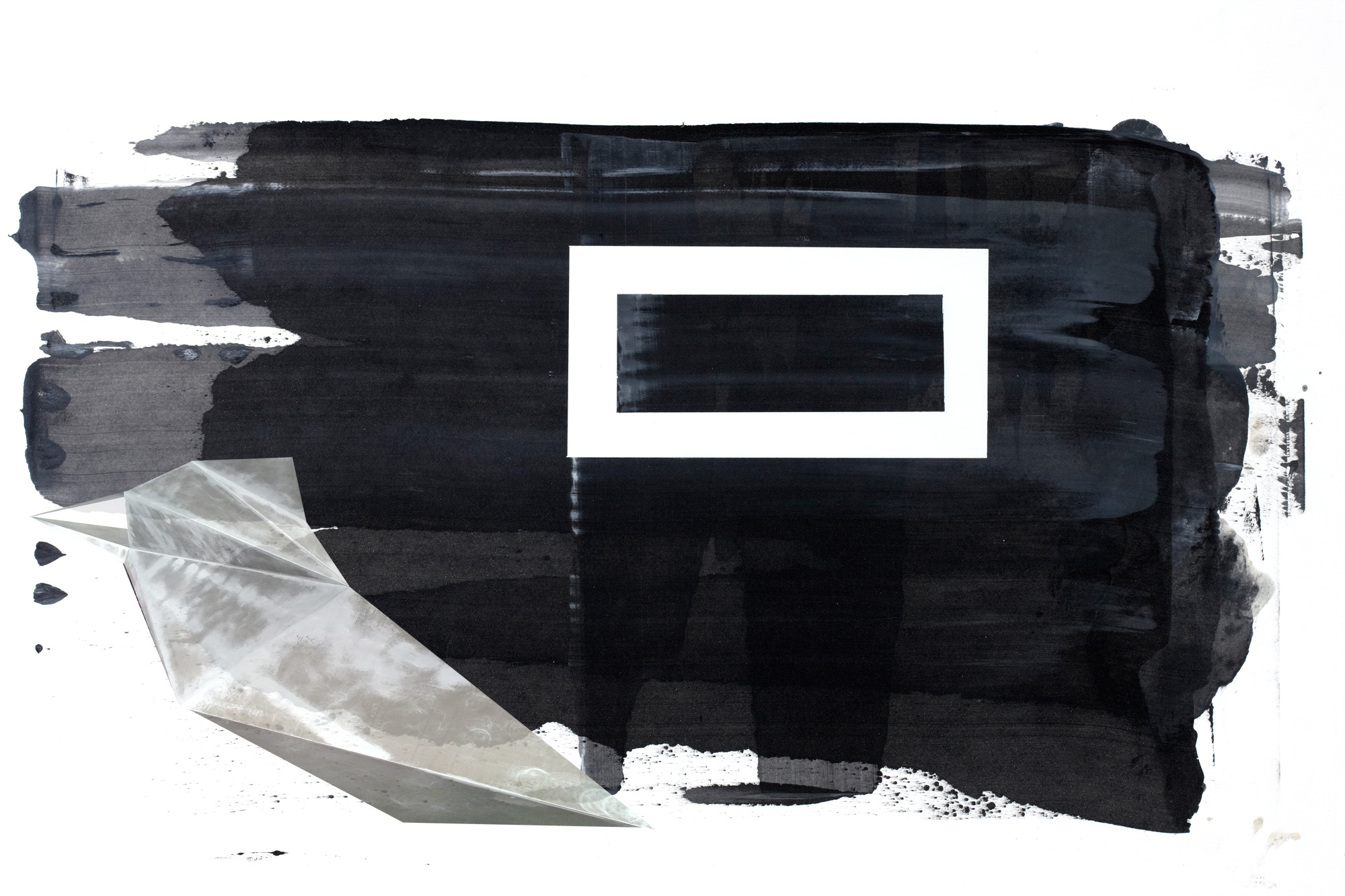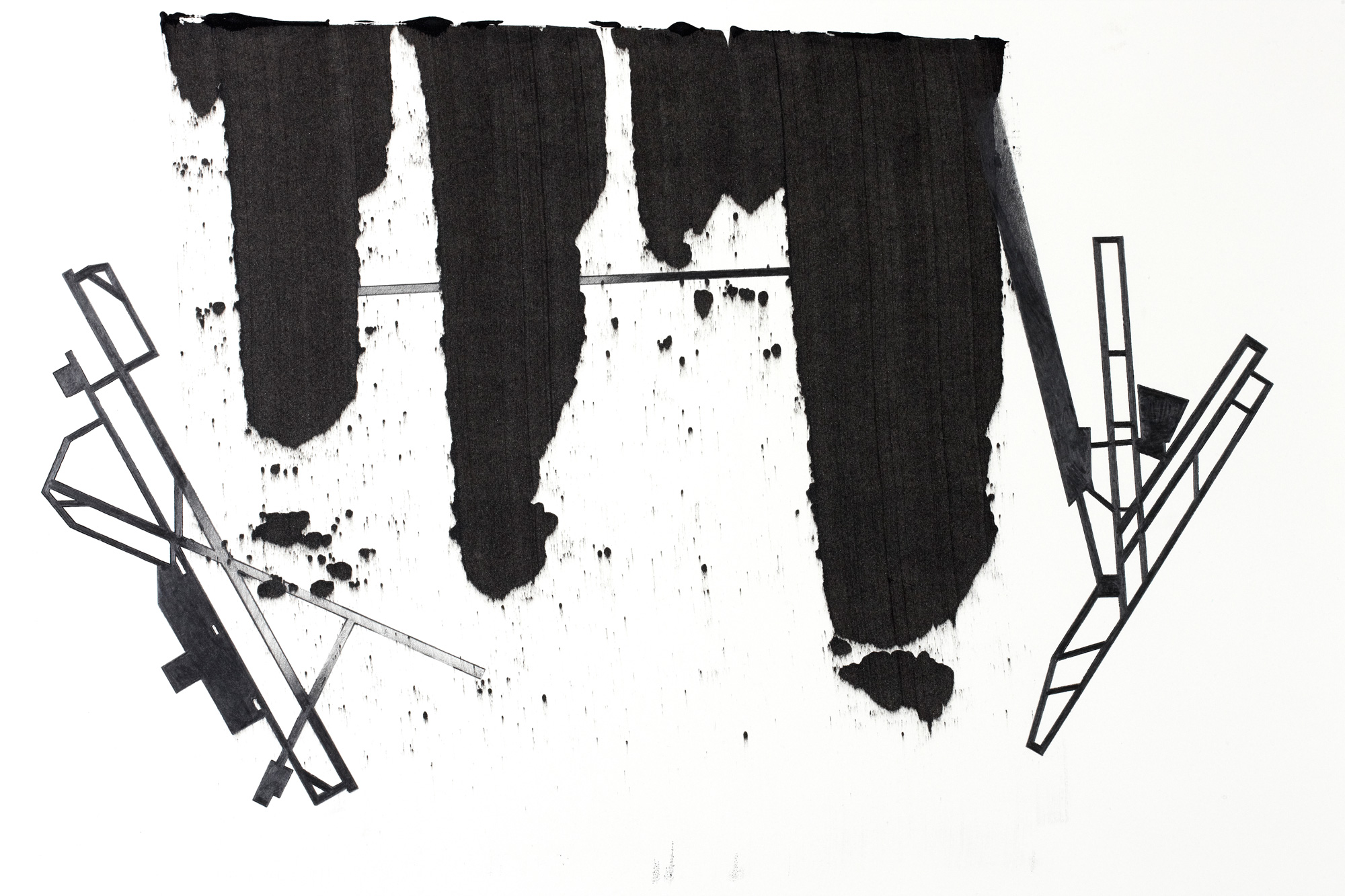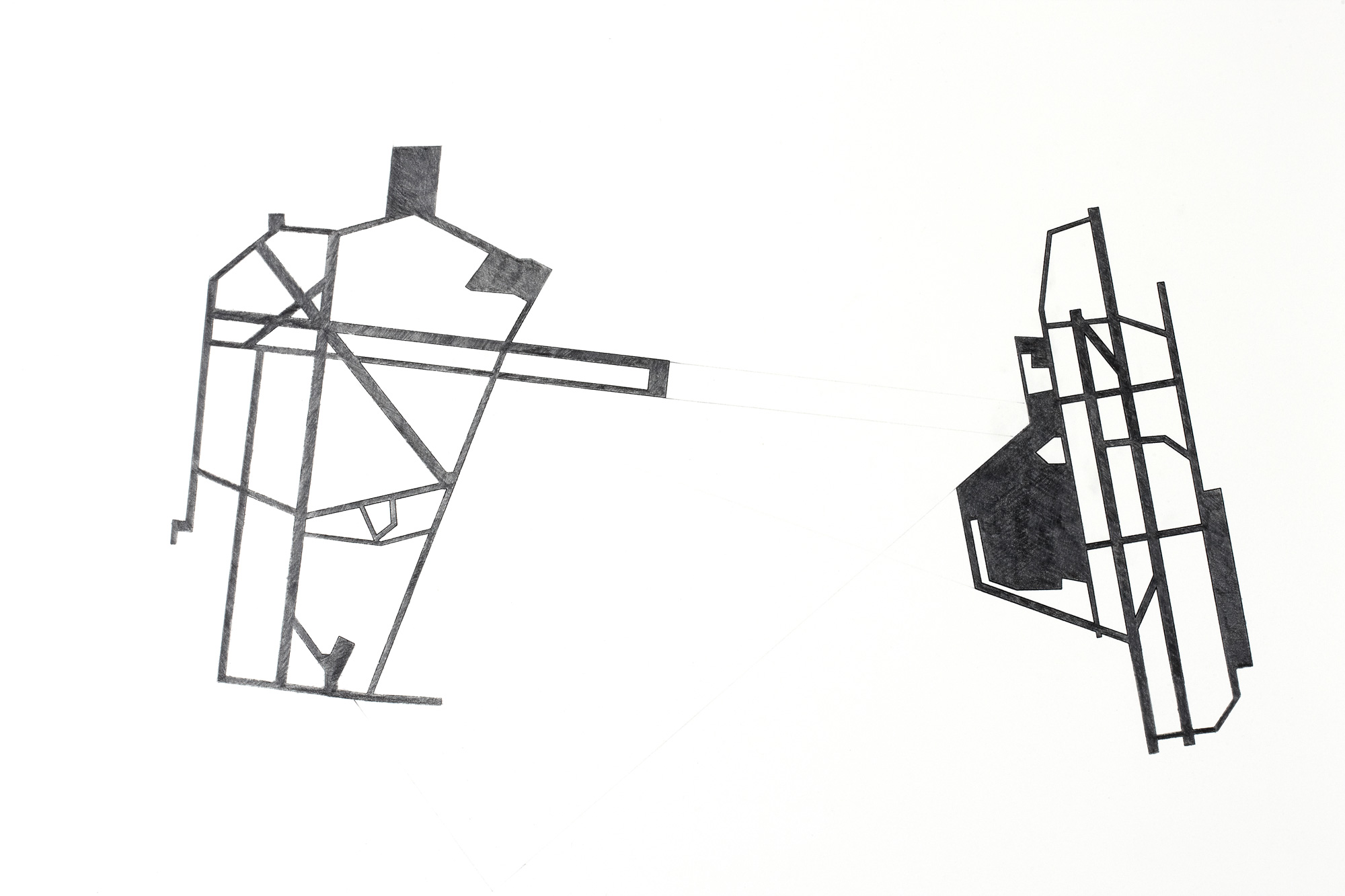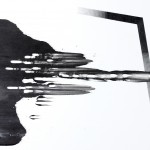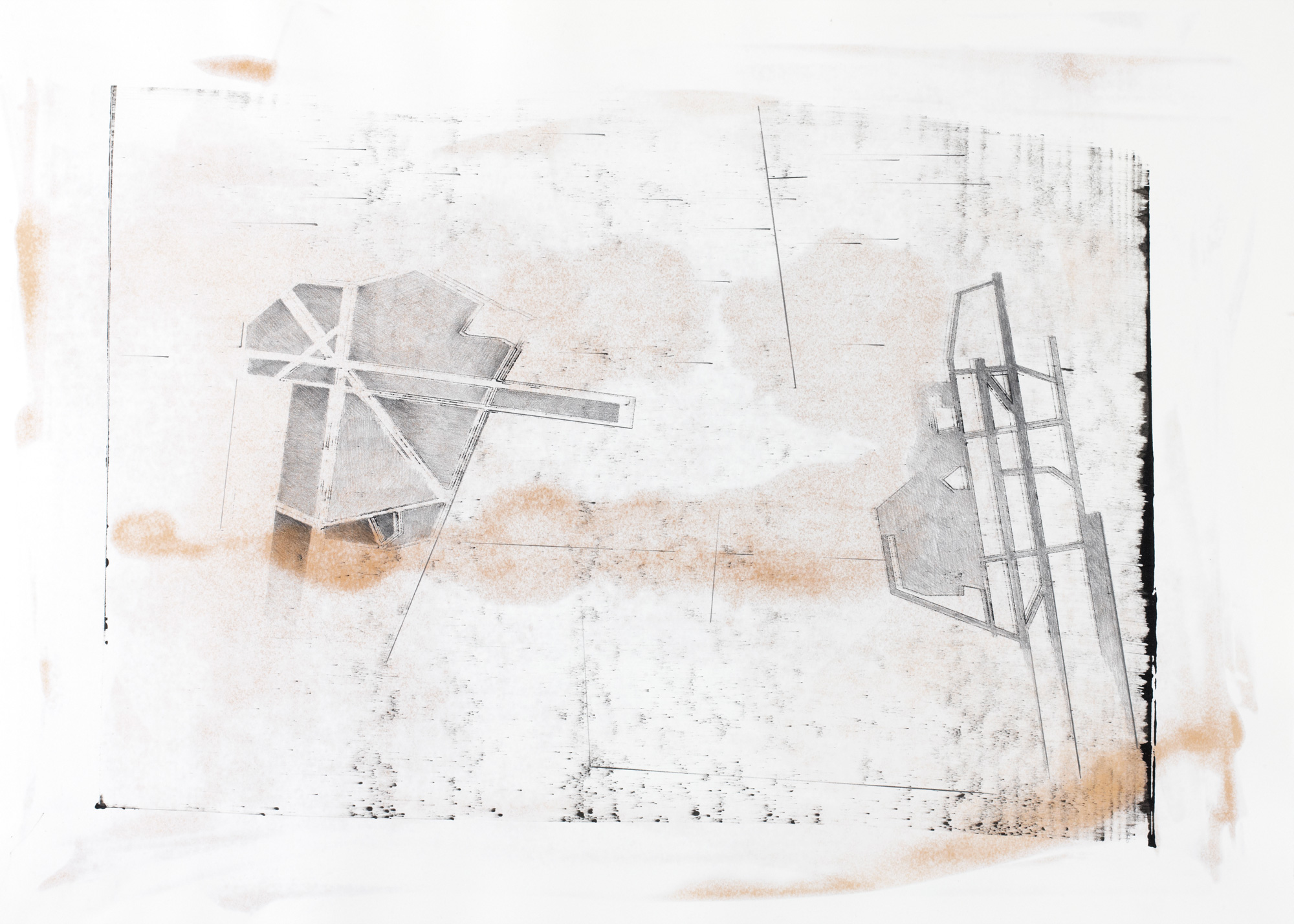PERIPHERIES
'The act of framing contains perception within a measurable border. The frame is the priori formal device of representation, creating closed boundaries between viewer and viewed. Framing confirms a window through which the visible is divided into separate components. This affirms the cartesian idea of context understood through separation.
'The frame dislocated the viewer from the context. The subject is rendered and separated for the purposes of the gaze.
' Peripheral vision is notional, existing outside the frame of the field of focus.'
